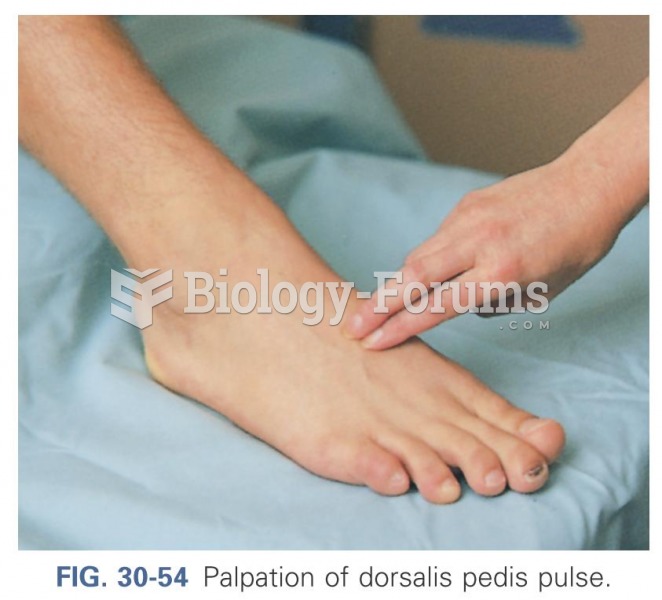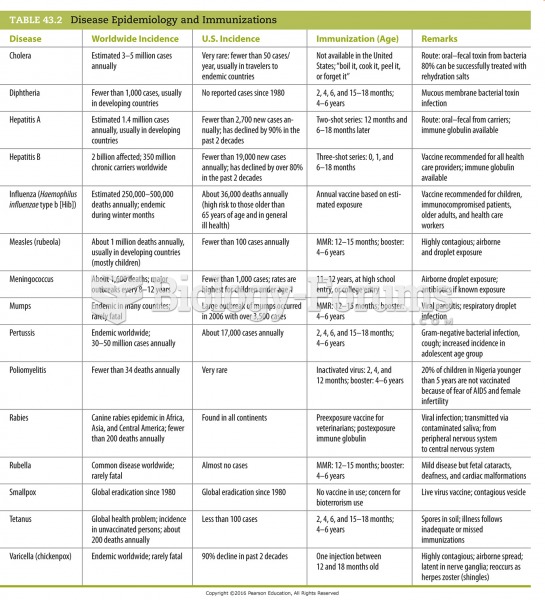Answer to Question 1
2. Oxygen by nasal cannula at 3 4 liters/minute
Rationale:
The nurse should be concerned about the order for oxygen to be provided at 3-4 liters/minute. This amount of oxygen is too much for a client with COPD because the client's breaths are stimulated by a hypoxic drive and this disease process causes the body to retain carbon dioxide. Providing this much oxygen can result in an increase in carbon dioxide levels, leading to respiratory failure. Oxygen for this client should be at a lower rate, such as 12 liters/minute, with close assessments of the client's breathing status. The order for antibiotic therapy is expected since the client is febrile with an increase in white blood cells. Bronchodilators will keep the alveoli open and increase exchange of oxygen and carbon dioxide more effectively and would be expected for this client. Nonsteroidal anti-inflammatory agents are commonly ordered to decrease the inflammation and swelling of lung tissues to maximize oxygen and carbon dioxide exchange and to improve symptoms and would be expected for this client.
Answer to Question 2
1. Observation of alertness during sedentary, repetitive activities
Rationale:
Behavioral assessment includes observation of alertness during sedentary, repetitive activities. It notes the ability to fall asleep within 1030 minutes, not 1 hour. It notes the final awakening at the habitual rising time, not sleepling time, and uses the photographic serializing of movement during sleep, not videotaping.







